The Allspice tree, also known as the Caribbean Pepper tree, is a popular choice for home gardens and office decorations. Let’s explore the meaning of the Allspice tree, its images, and how to grow and care for it at home!
1 What is the Allspice Tree?
Origin and Meaning of the Allspice Tree
The Allspice tree, with the scientific name Nashia inaguensis Millsp, is an evergreen shrub belonging to the Horseweed family. Native to the eastern Caribbean islands, the Allspice tree is commonly found on Inagua island in the Bahamas.
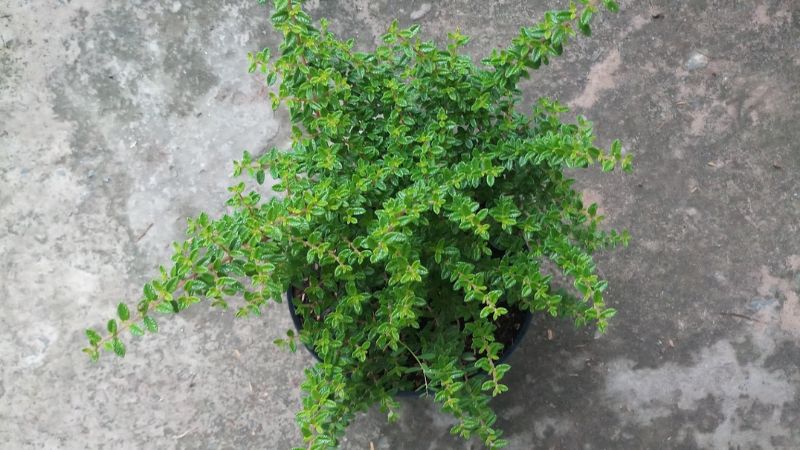 Origin and Meaning of the Allspice Tree
Origin and Meaning of the Allspice Tree
Characteristics of the Allspice Tree
The Allspice tree is a long-living evergreen shrub. Mature trees can reach heights of up to 2 meters with a trunk diameter of 5-10 cm. Its leaves are small, simple, and measure about 5-10 mm in length, emitting a pleasant fragrance with wrinkled and curled edges.
The leaf axils produce flower heads without bracts or sepals, but with hairy corollas. The white petals are divided into four lobes, and there are four stamens. The small, white flowers give way to orange, juicy fruits. The tree is distinguished by its gentle fragrance, reminiscent of vanilla or pineapple.
 Characteristics of the Allspice Tree
Characteristics of the Allspice Tree
2 Benefits of the Allspice Tree
Aesthetic Benefits
The Allspice tree is a favorite among gardeners and is often used for landscaping and indoor decoration. You can also trim the tree to create a compact and adorable tabletop centerpiece.
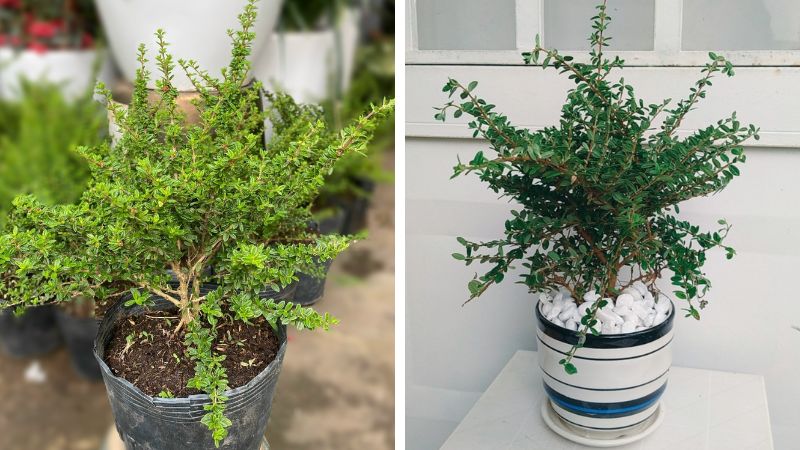 Aesthetic Benefits of the Allspice Tree
Aesthetic Benefits of the Allspice Tree
Beverage Ingredient
The leaves and flowers of the Allspice tree possess a delicate fragrance, reminiscent of a blend of various fruits, making them ideal for enhancing the aroma of beverages. Additionally, chefs often use Allspice flowers to experiment with new flavors in their dishes.
 Allspice Tree as a Beverage Ingredient
Allspice Tree as a Beverage Ingredient
3 How to Grow and Care for the Allspice Tree
Growing the Allspice Tree at Home
The Allspice tree thrives in sunny conditions with cool, humid weather and cannot tolerate drought. Consider providing a shade or growing the tree in a shaded area to ensure optimal temperature conditions.
Use well-drained, nutrient-rich, neutral pH soil for planting. Propagate the tree through cuttings in spring or early summer on cooler days to promote the best growth and development.
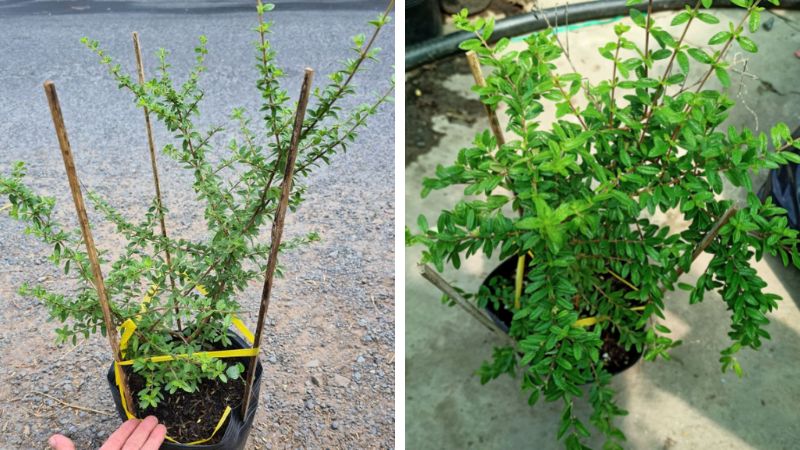 Growing the Allspice Tree at Home
Growing the Allspice Tree at Home
Caring for the Allspice Tree
As the Allspice tree cannot withstand drought, regular watering is essential. Once the tree wilts, it may not recover even with additional watering. After watering, lift the pot to gauge if the tree has received enough water by feeling its weight.
Consider repotting your Allspice tree every one to two years, as the soil can become compacted over time, leading to nitrate buildup from prolonged fertilizer use. Early summer is the best time for repotting.
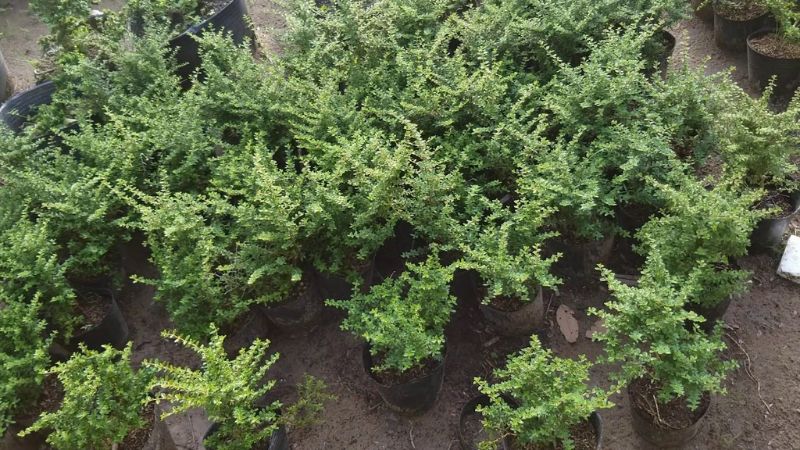 Caring for the Allspice Tree
Caring for the Allspice Tree
Notes on Growing and Caring for the Allspice Tree
The most crucial aspect is to maintain moist soil in your Allspice tree’s pot, as it is susceptible to wilting and dying from water deficiency.
After repotting, water the tree thoroughly and refrain from fertilizing for 3-4 weeks.
4 6 Beautiful Images of the Allspice Tree
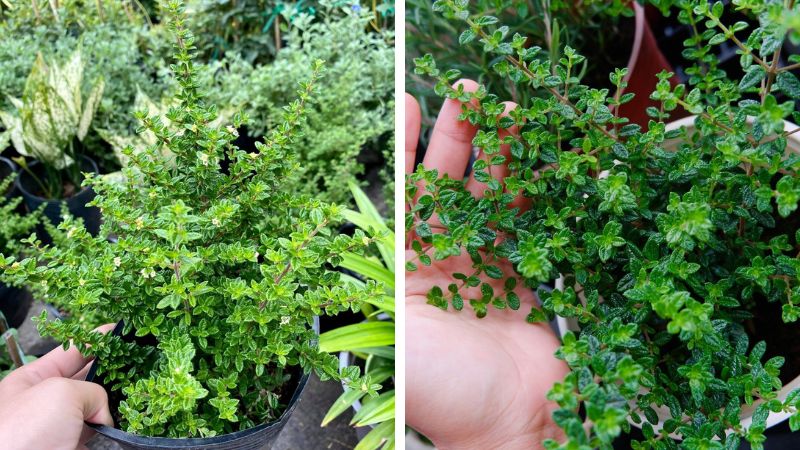 Allspice Tree
Allspice Tree
 Fruits of the Allspice Tree
Fruits of the Allspice Tree
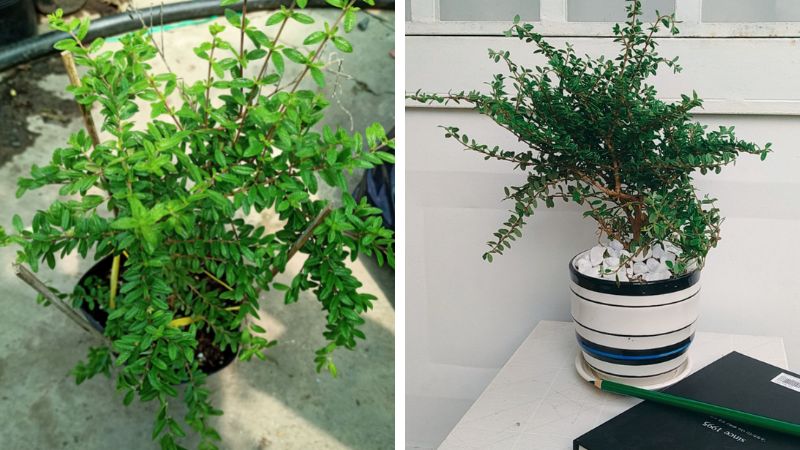 Allspice Tree as a Bonsai
Allspice Tree as a Bonsai
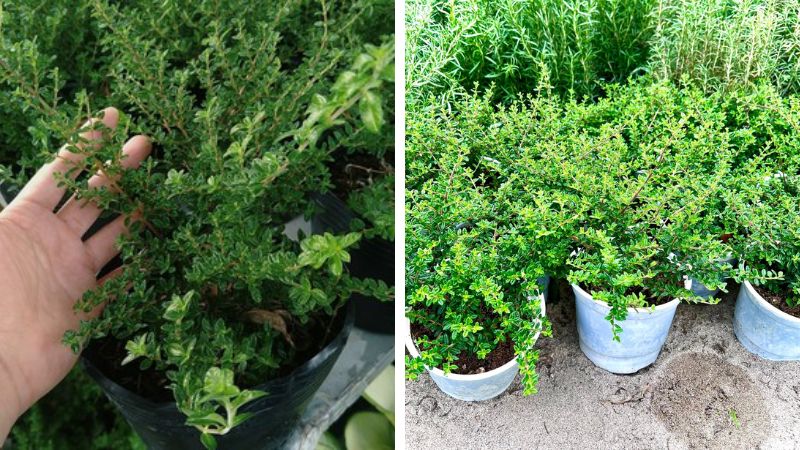 Attractive Allspice Tree Pot
Attractive Allspice Tree Pot
 Flowers of the Allspice Tree
Flowers of the Allspice Tree
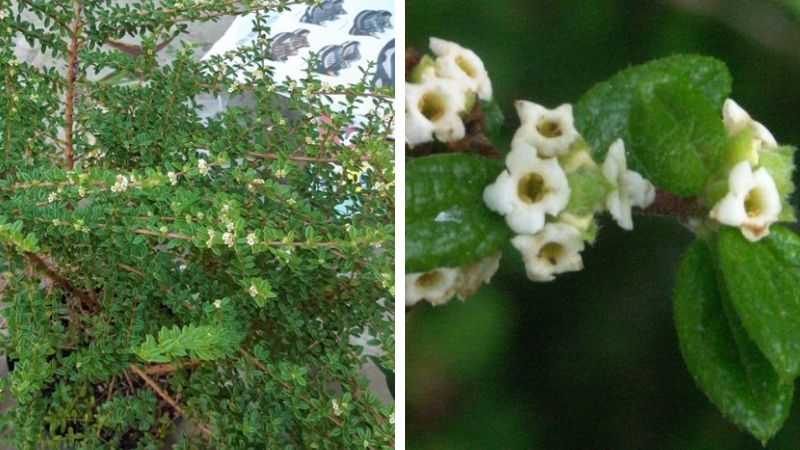 Allspice Tree in a Garden Setting
Allspice Tree in a Garden Setting
This concludes our comprehensive guide on the meaning of the Allspice tree, along with images and tips on how to grow and care for it at home. We hope you found this information useful.

































